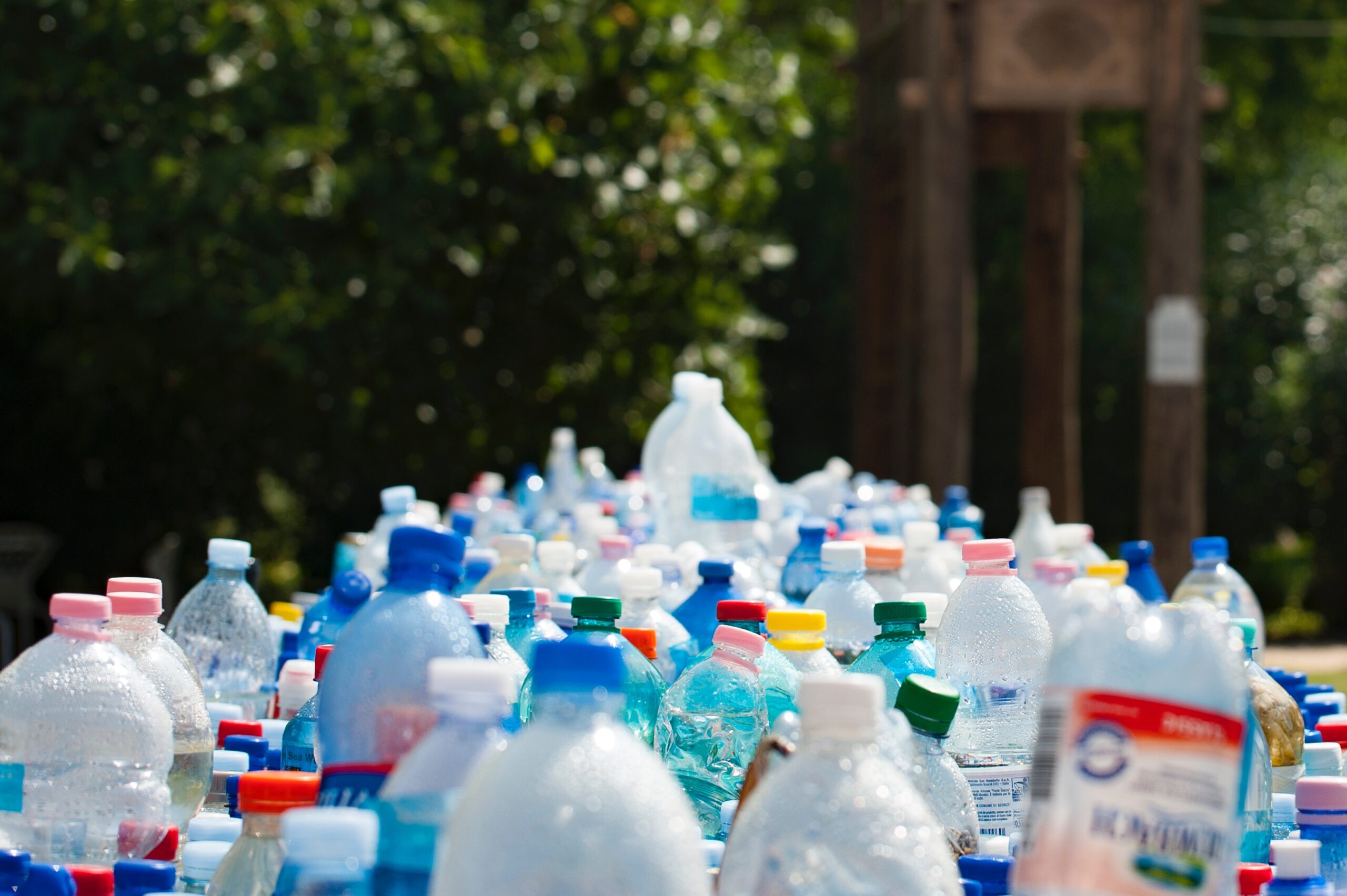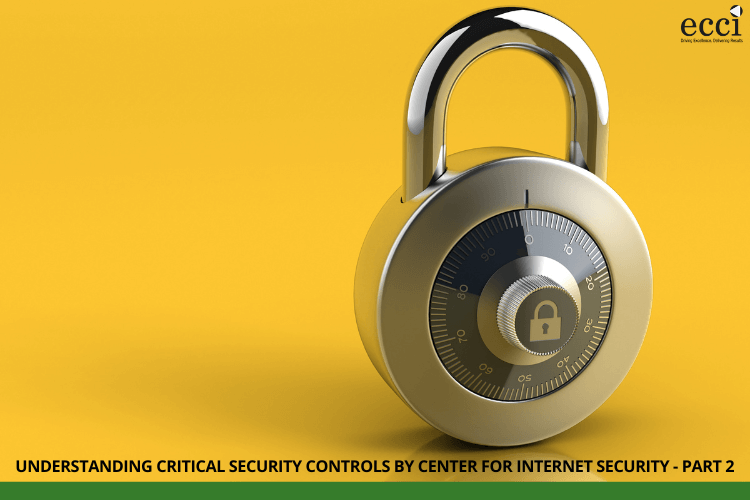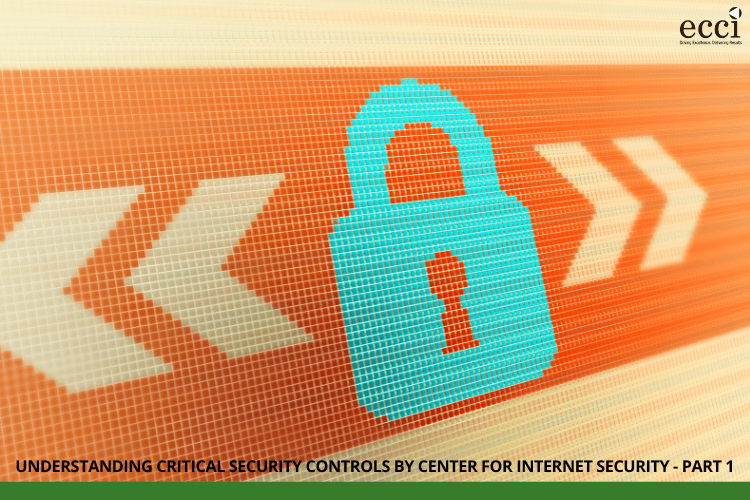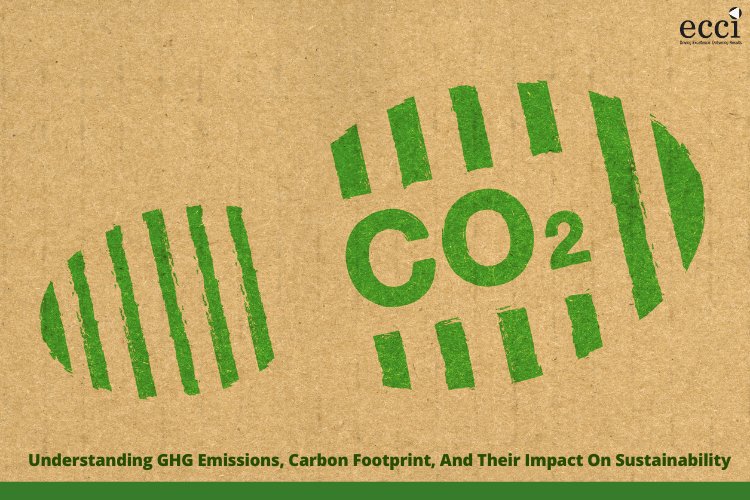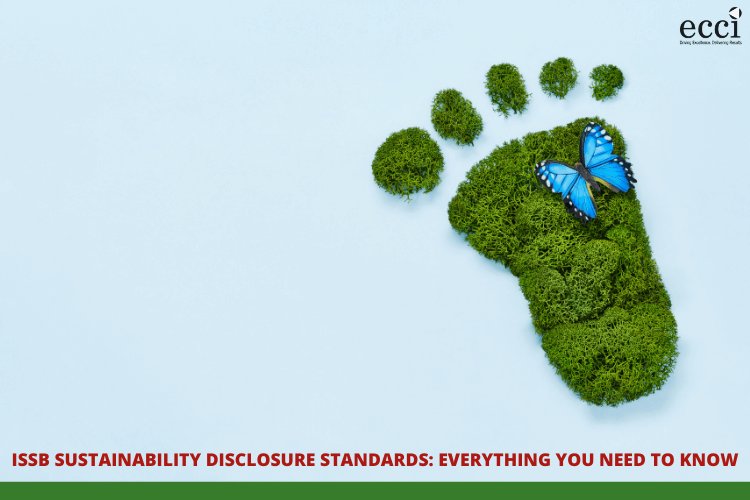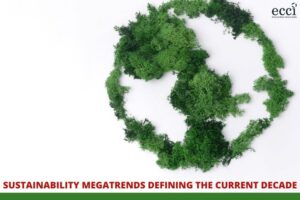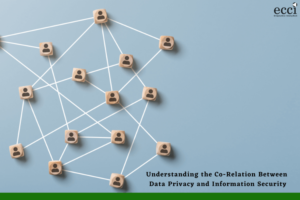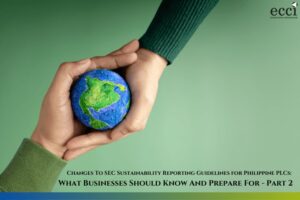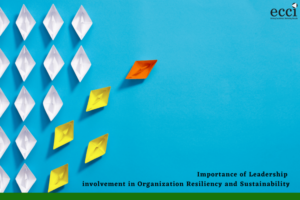Plastic is an important material for society. There is no doubt that it is already a part of our everyday lives. Containers, bottles, pipes, medical components, furniture, appliances, bags, toys, car parts, mobiles, credit cards are all made of plastic. We have to admit it, we use plastic goods to help make our lives stress-free, safer, and more pleasurable.
But did you know that a third of the plastic we use is intentionally made as ‘throwaway’?
Plastic is inexpensive and durable. But often made not to be reused or at least be used for less than a year. The linear economy of plastic use indicates that a huge volume of plastics is just thrown away after use.
Plastics are now abundant in our nature— in our land, river, and ocean. Today, our oceans are full of plastic waste.
Where do these plastic wastes come from? They are flushed into oceans by sewer discharge and run-off from the cities around the world.
Plastic pollution respects no borders as countries share water systems and have connected coasts. But nations in the global south are disproportionately affected.
Tide of Plastic Waste in Southeast Asia
Southeast Asia is a hot spot for plastic pollution considering the region’s economic growth, increase of middle class, inadequate infrastructure, and rapid urbanization. Aside from this, half of the top 10 countries that contribute to plastic leaks to rivers and oceans are in this region.
This region has significantly increased its production and consumption of plastics in the last decades. At the same time, their waste management systems cannot keep up with the fast changing generation patterns of plastic waste. This has been aggravated when China banned the importation of plastic waste in 2017. Consequently, Southeast Asia became the waste dump site for rich countries. And if these wastes are not managed properly, serious risks will be faced.
Did you know that nearly half of the people on earth doesn’t have proper waste management? Imagine how those accumulated plastic wastes just loiter and float around and cause serious risk to the surrounding.
Unmanaged plastic waste causes major and massive environmental, socio-economic, and health risk to communities and marine environments. Contaminated water, changing ecosystems, failed crops, reduced marine resources, food poisoning, infertility, miscarriage, cancer, respiratory illnesses, reduced tourism and the list still goes on.
With these risks, plastic is identified as one of the priority areas of circular economy— indicates reducing waste to a minimum. Strategies to avoid loss of material resources and harm to the environment are components of a circular plastics economy. Moving the value chain of plastics in this path means redesigning products, improving recycling, and promoting reuse and at the same time considering the whole product’s life-cycle. Improving plastic circularity is significant to meet sustainability goals. Collective efforts, initiatives, and measures have been done. But still a lot more must be done.
Funding Solutions
The main stakeholders must work together to find and fund solutions for the deepening plastic pollution crisis. Companies that generate and use plastics need to create partnerships for joint solutions improving plastic circularity and sustainability.
There is a need for innovative and sustainable financing approaches to bridge the gaps in the collection of plastic wastes particularly in the global south countries. And the introduction of plastic credits has given renewed optimism for this.
What are plastic credits?
A plastic credit is a transferable unit representing the collection of a particular quantity of plastic waste retrieved or recycled. Credits can be bought by end users and organizations to offset their plastic footprint or the amount of plastic they put into the environment every year. Currently, plastic credits are used as a voluntary scheme by plastic waste-generating companies to offset their plastic footprint. But you must note that this voluntary scheme cannot eliminate the generation of plastic waste since it only focuses on the recovery and collection of wastes.
How does plastic credit work?
There are two main participants in plastic credits— the companies using plastic in their products and the Projects collecting and/or recycling plastics.
Globally, there is Extended Producer Responsibility (EPR) which is becoming more recognized as a main framework for closing the plastic value chain. But in regions where such a system is not yet established, companies may use the plastic credit schemes. This scheme is faster and cheaper to implement.
In using plastic credits, the company should first calculate their plastic footprint. Then, the company should buy a volume of plastic credits equivalent to their plastic footprint. The money paid by the company for their plastic credits is then given to a project. In return, the project is required to collect and recycle the equivalent volume of the company’s plastic footprint. The facilitation of this exchange between the organizations collecting and the buyers of plastic credits is grounded on standards or guidelines. For instance, an NGO called Zero Plastic Oceans is particularly addressing plastic waste in oceans— so-called “Ocean Bound Plastic” (OBP). They created Ocean Bound Plastic certifications to certify that the plastic wastes are properly collected and managed. The plastic credits are offered based on the kind and description of OBP included in their standards.
Both parties benefit from this exchange. The company can take responsibility for the plastics they bring into the environment. And the Project can source funding to support their plastic collection and recycling and earn income. So investing in plastic credit schemes can help remove plastic from the environment and at the same time make huge impact to the marginalized local communities by helping them earn and enjoy environmental benefits of clean water.
Is there all there is to know about plastic credits? Is it the talisman to finally end plastic pollution? What other risks and opportunities does it bring along while implemented in developing markets of Southeast Asia?
We’ll address some of these questions in the next part of this article!

